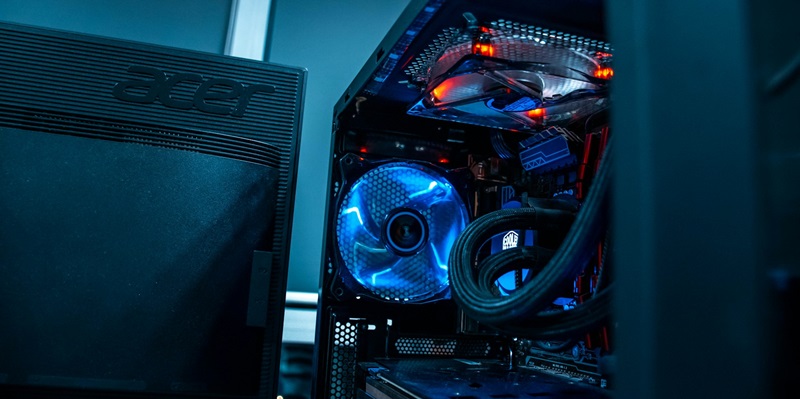ACER is pushing the boundaries of graphical performance with its latest addition to the Predator BiFrost lineup, the Radeon RX 7900 XTX OC. This new graphics card leverages AMD’s latest RDNA 3 architecture, embodied in the Navi 31 GPU core. It stands out for providing an impressive overclocked performance, soaring 150 MHz over the standard model for an outstanding boost. Built for hardcore gamers and professionals requiring top-tier graphics output, the Radeon RX 7900 XTX OC could redefine the gaming experience.
The card comes packed with 5120 stream processors, 320 TMUs, 160 ROPs, and 80 RT cores, which are essential for high-fidelity gaming. Moreover, it houses 6 MCDs—4 of which are enabled—to encompass a 96 MB Infinity Cache. The generous 24 GB of GDDR6 memory is communicated over a 384-bit bus with an 18 Gbps transfer rate, culminating in a total bandwidth of 864 GB/s. This ensures quick and efficient handling of data-heavy tasks and high-resolution textures, crucial for modern gaming environments.
Outstanding Performance Meets Sleek Design
ACER’s advanced 2.5 slot GPU showcases a triple-fan setup with FrostBlade 3.0 technology, effectively preventing overheating and facilitating peak chipset performance. The cooling prowess is matched by aesthetic flair: a radiant RGB logo and sleek backplate enhance the visual charm. Touting a remarkable game clock of up to 2500 MHz and a boost clock reaching 2685 MHz, the Predator BiFrost model stands out for its performance.
While initially exclusive to ACER’s Predator gaming PCs, there’s a possibility of this potent GPU being sold independently, in line with AMD’s recommended $999 price point. ACER’s latest GPU creation could be a compelling option for gamers eager for top-tier performance combined with stylish design in the competitive market. However, the exact pricing details have yet to be publicly disclosed.

